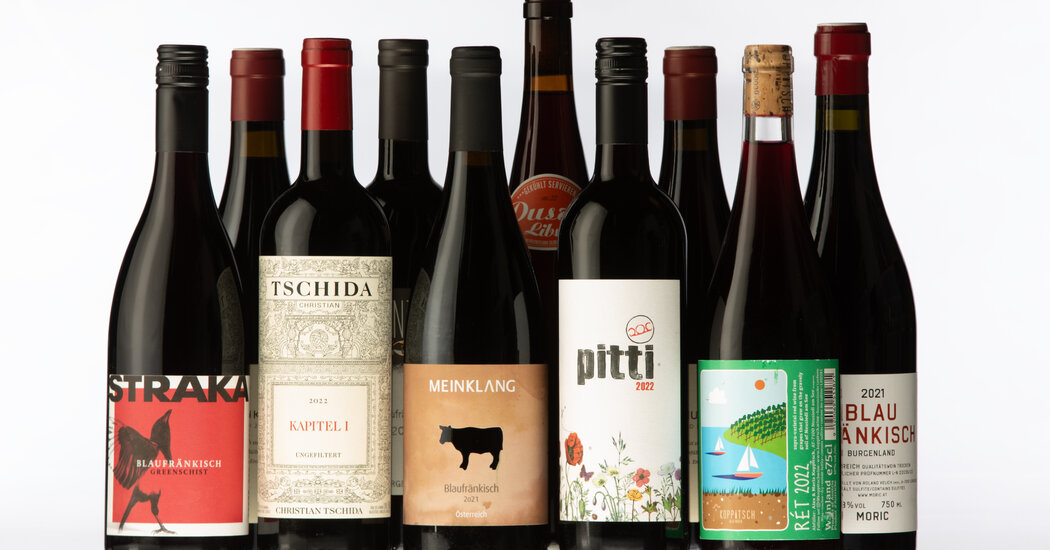
Austria is best known for its white wines, grüner veltliners and rieslings primarily. But it also produces brilliant reds, which, because they often seem like afterthoughts, can be great values.
Why do they seem so relatively obscure? Partly, it’s because grapes like blaufränkisch, which has great potential for making complex, contemplative wines, and zweigelt, the most widely planted Austrian red variety, are not well known to Americans, who often gravitate to the familiar. It’s well worth taking the plunge, though, because these wines can be superb, ranging from juicy thirst-quenchers to complex, elegant wines capable of aging and evolving.
I recently went shopping for Austrian reds in New York retail stores and found 10 bottles that I highly recommend. I opted mostly for more accessible bottles, ranging from roughly $20 to $45, but these are the sort of wines that can fit most any occasion. Stepping up to wines often from single vineyards intended for longer aging might run $50 to $100, but even they tend to be excellent values relative to wines of similar high quality.
In the 25 years or so that I’ve been regularly checking in on Austrian reds, I’ve seen a remarkable evolution. Early on, I saw a lot of stolid, oaky wines that were aiming primarily for power, particularly among blaufränkisches, at the cost of grace and subtlety. That was a sign of the times, when the biggest, loudest wines seemed to be most valued by many critics.
It was also an era when many Austrian producers seemed as if they were trying to make robust wines patterned after cabernet sauvignons rather than exploring the more delicate qualities of blaufränkisch. But, as with much of the winemaking world, the North Star of many producers shifted over time from the sturdiness of Bordeaux to the grace of Burgundy. Austrians followed suit, and blaufränkisch has long since found its place in the constellation of lithe, nimble reds.
Zweigelt is another matter. In my experience, the grape, a cross between blaufränkisch and Sankt Laurent, another Austrian red, is light and spicy. Producers rarely get too ambitious with it, opting for juicy, tart, refreshing wines that can be delicious but don’t achieve the complexity of which blaufränkisch is capable. It is often used in blends.



